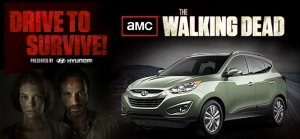Although the newest cellphone offerings stole a lot of the spotlight at this year’s Mobile World Congress in Barcelona, there were still some really cool product launches that I’m looking forward to seeing in person:
Lenovo Pocket Projector
This was one of the coolest things I think I saw come out of last week’s event, and for a lot of different reasons. First of all this looks to be one of the most portable projectors I’ve seen. Secondly, it hooks up to you cell phone and projects up to 110 inches, more than doubling the size of my TV (hello outdoor Netflix in the summer!). And third, and probably the most important, you will be able to take this thing home and binge watch Breaking Bad in your yard against the side of your house for only $199. Count me in.
HTC Vive
Virtual reality, it’s around the corner and I can see never having to speak to another human off in the distant horizon. Maybe that’s a little much, but apparently this is the best virtual reality offering to date. The HTC Vive sets itself apart by using two laser base stations and can track your movement within a 15X15 foot space – the result is a virtual reality experience unlike any other out there.
Huawei Watch
Ah the calculator watch of today. Smart Watches are cool, they can do so much, they’re convenient, but they’re not the most fashion-forward thing I’ve ever seen. Huawei is leading the pack in changing this, with a watch that looks like it could be worn by James Bond while he pulls up to a casino in an Aston Martin. The Huawei might not have the power that Apple’s watch will have behind it, but it is certainly one I would strap to my wrist before meeting with a client, and I’ll just use the calculator on my phone.











